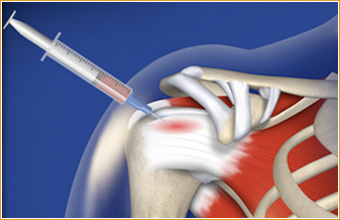Improve join pain and function with Platelet Rich Plasma (PRP) therapy

Advantages of PRP Therapy
Advantages of PRP Therapy in Joint pain and Musculoskeletal injuries are:
- Simple, non surgical procedure
- Single Injection: procedure takes approximately 30 minutes
- Safe and reliable results
- Very quick recovery period
- Restoration of joint function and improvement in pain and stiffness
Platelet Rich Plasma Therapy
PRP therapy is used in joint problems to reduce pain, improve joint function and delay and even stop the progression of joint degeneration.
After a simple blood draw and an advanced extraction technology, a thin needle is used to inject your own Platelet-Rich Plasma (PRP) into the joint or tendon. PRP is typically injected into the knee but can also be used in the shoulder or elbow. PRP delivers a high concentration of growth factors to arthritic cartilage or injured tendon which helps repair the tissue, stimulates tissue regeneration and promotes healing. Injection of PRP to the injured tendon provides the tendon tissue with healing growth factors that are otherwise difficult to deliver to the site because of the poor blood supply found in these areas.
PRP Joint and Musculoskeletal injections are a state of the art, non surgical, medical procedure used for the treatment of joint pain and tendon degeneration. Dr. Mann uses ultrasound guidance to deliver the PRP to the site of the specific problem. Because this injectable treatment uses the patient’s own blood, there are no risks of allergic reactions.
Frequently Asked Questions
Does it hurt?
We use local injections of anesthetic prior to injection of the PRP and therefore the pain is minimal.
Does it use new technology?
Yes. At Juvenate Medical Wellness and Rejuvenation, we use only the latest PRP leading edge patented technology. Used in conjunction with a patient’s own biological cells it is a means of naturally promoting joint rejuvenation.
What are the risks?
There is no risk of an allergic reaction with PRP therapy because the enriched plasma has been produced from the patient’s own blood. A concentrated amount of white blood cells make up part of the PRP which are the body’s natural defenders against infections. Infections are therefore extremely rare.
How long does PRP treatment take?
The procedure normally takes approximately 30 minutes, depending upon the areas being treated.
Do I need to repeat this treatment?
Depending upon the patient’s individual needs and treatment plan, PRP treatment can be repeated until the desired result has been achieved. Our experience shows that repeating PRP treatment in 3 to 6 months can be very beneficial.
What type of results can be expected?
The results are subtle, and there is gradual improvement in the injected area over 3-4 weeks. Full results from each treatment are seen at about 6 weeks and can last 16-18 months. The best results are obtained with 2-3 treatments given 3-4 months apart.
